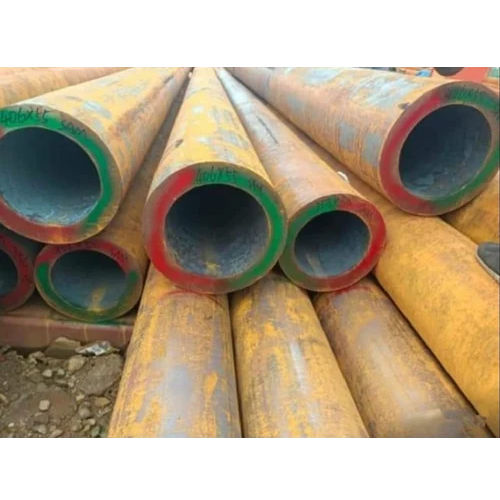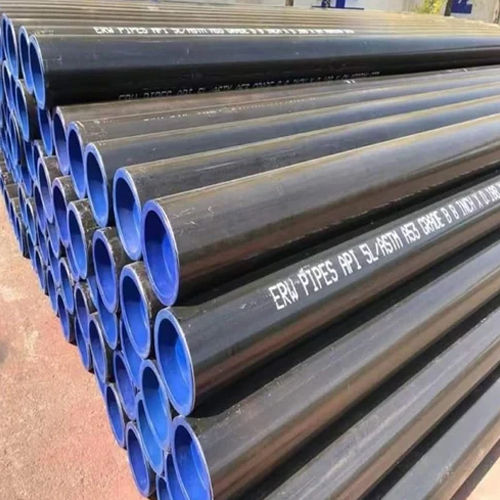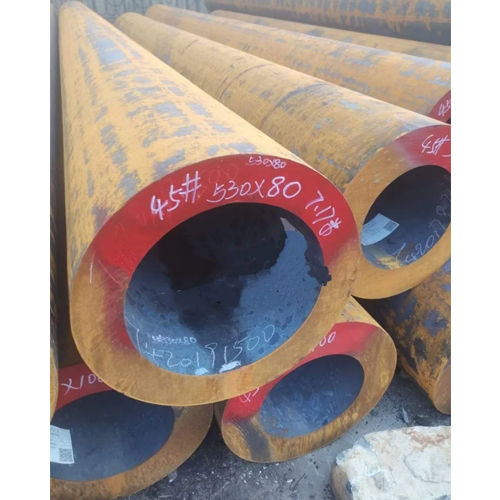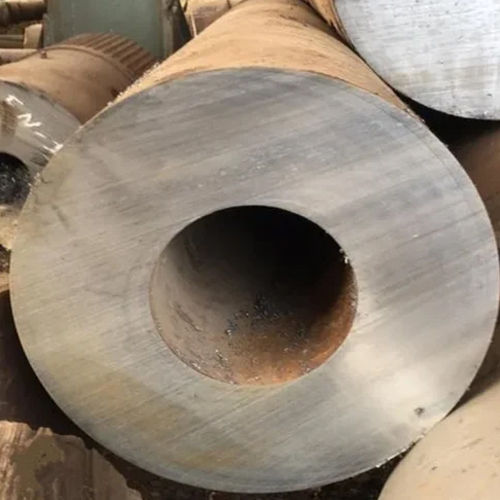Mild Steel Seamless Pipe
Mild Steel Seamless Pipe Specification
- Application
- Structure Pipe, Hydraulic Pipe, Oil Pipe, Chemical Fertilizer Pipe, Boiler Pipe, Construction
- Material
- Mild Steel
- Pipe Type
- Plate
- Feature
- High quality
- Capacity
- 5000 Kg
- Usage
- New
- Shape
- Rectangular
- Material Grade
- IS2062 Grade B
- Product Type
- Mild Steel Pipes
- Type
- Seamless
- Technique
- Hot Rolled
- Surface Treatment
- Other
- Grade
- A106 Gr.B
- Size
- All Size
- Length
- 6 Meter (m)
Mild Steel Seamless Pipe Trade Information
- Minimum Order Quantity
- 100 Kilograms
- Payment Terms
- Cash Against Delivery (CAD), Cash on Delivery (COD), Cash Advance (CA), Cash in Advance (CID), Cheque, Telegraphic Transfer (T/T)
- Supply Ability
- 5000 Kilograms Per Month
- Delivery Time
- 1 Days
- Sample Available
- No
- Sample Policy
- Sample costs shipping and taxes has to be paid by the buyer
- Packaging Details
- Loose/ Bundle Packing
- Main Export Market(s)
- Asia
- Main Domestic Market
- All India
- Certifications
- Mill T.C. / Lab T.C.
About Mild Steel Seamless Pipe
About Our Company Leveraging on our vast Industrial Experience We Bhagwati Enterprise, are acknowledged as one of the leading Supplier, Exporter, Trader, Importer & Wholesaler/Distributor of the Industry. Since 1992 we are dealing in a broad assortment of Alloy Steel, Tool Steel, Die Steel, Steel Bars, Carbon Steel Round Bars, SAE 8620 Steel Round Bars, EN Series Steel Round Bars, , AISI Series Steel Round Bars, Flat Bars, Free Cutting Steel, Steel Plates & Nitriding Steel. House Of MS Seamless Pipe To maintain the flawless of the products our Vendors Employ Cutting edge technology and tools in the manufacturing process. After this, all these products.
BHAGWATI ENTERPRISEare widely involved in manufacturing and offering the commendable quality ofMS SEAMLESS PIPEto our esteemed patrons. We are fully involved in providing the premium quality of comprehensive ranges of Seamless MS Pipes varying in their standards and specifications. We are working in the same sector for a long duration; we can easily provide these pipes in custom-made specifications according to the different needs of the buyers. We deliver the ordered consignment to the buyers on time and in proper condition as per our clients needs and expectations. Without any doubt, all our manufactured and offered ranges of MILD STEEL SEAMLESS PIPE have many good features to offer. Those features are highly responsible for making the product an ideal selection and can be used for various critical applications in industries. It has high tensile strength,
- Mild Steel Seamless Pipe Suppliers In Vadodara
- M.S. seamless Pipe
- Seamless Steel Pipe
- M.S. Round Seamless Pipe
- M.S. Hydraulic Seamless Pipe
- Hot Rolled Seamless Pipe
- Cold Drow Seamless Pipe
- High Pressure Seamless Pipe
- M.S. Seamless Pipe For Petrochemical
- Pression Seamless Tube
- Structural Seamless Pipe
- Boiler Seamless Pipe
- ASTM A106 Seamless Pipe
- M.S. Seamless Pipe Suppliers In India
- 14) Seamless Pipe Manufacture In India
- MS Seamless Pipe Exporter in India / Vadodara
- Mild Steel Seamless Pipe Near Me
- Wholesale MS Seamless Pipe Suppliers
- Buy Mild Steel Seamless Pipe Online
- MS Seamless Pipe Distributors Vadodara
- Mild Steel Pipe Dealers in Vadodara
- Best Price Mild Steel Seamless Pipe
- MS Seamless Pipe Manufacturers in Vadodara:
- MS Seamless Pipe Suppliers in India:
- Jindal Seamless Pipes:
- Top MS Seamless Pipe Manufacturers:
- Bhagwati Enterprise is one of the Leading Manufacturer and Supplier of Mild Steel Seamless Pipe Accross Pan India.
- Mild Steel Seamless Pipe Heavy thick & Quality Suppliers


Price:
- 50
- 100
- 200
- 250
- 500
- 1000+
More Products in MS Seamless Pipe Category
Jindal Ms Black ERW Pipe
Price 75 INR / Kilograms
Minimum Order Quantity : 100 Kilograms
Technique : Hot Rolled
Surface Treatment : Other
Application : Structure Pipe, Hydraulic Pipe, Oil Pipe, Fluid Pipe, Boiler Pipe, Gas Pipe, Construction
Type : Welded
MS Seamless Pipes
Price 95 INR / Kilograms
Minimum Order Quantity : 100 Kilograms
Technique : Hot Rolled
Surface Treatment : Other
Application : Construction, Gas Pipe, Oil Pipe, Chemical Fertilizer Pipe, Hydraulic Pipe, Structure Pipe, Boiler Pipe
Type : Seamless
Heavy Wall Thickness Seamless Pipe
Price 45.0 INR / Kilograms
Minimum Order Quantity : 100 Kilograms
Technique : Hot Rolled
Surface Treatment : Other
Application : Drill Pipe, Construction, Gas Pipe, Hydraulic Pipe, Chemical Fertilizer Pipe, Oil Pipe
Type : Seamless








 Send Inquiry
Send Inquiry Send SMS
Send SMS Call Me Free
Call Me Free